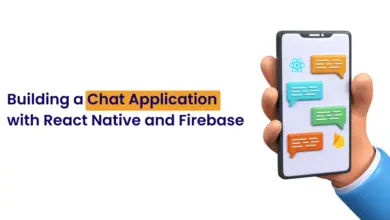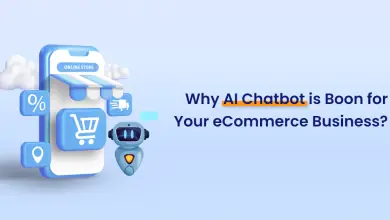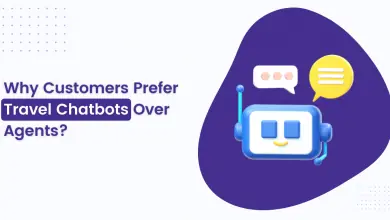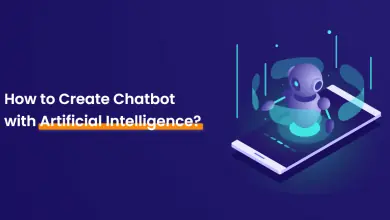How to Integrate Chatbots Into Your Marketing Automation Strategy?
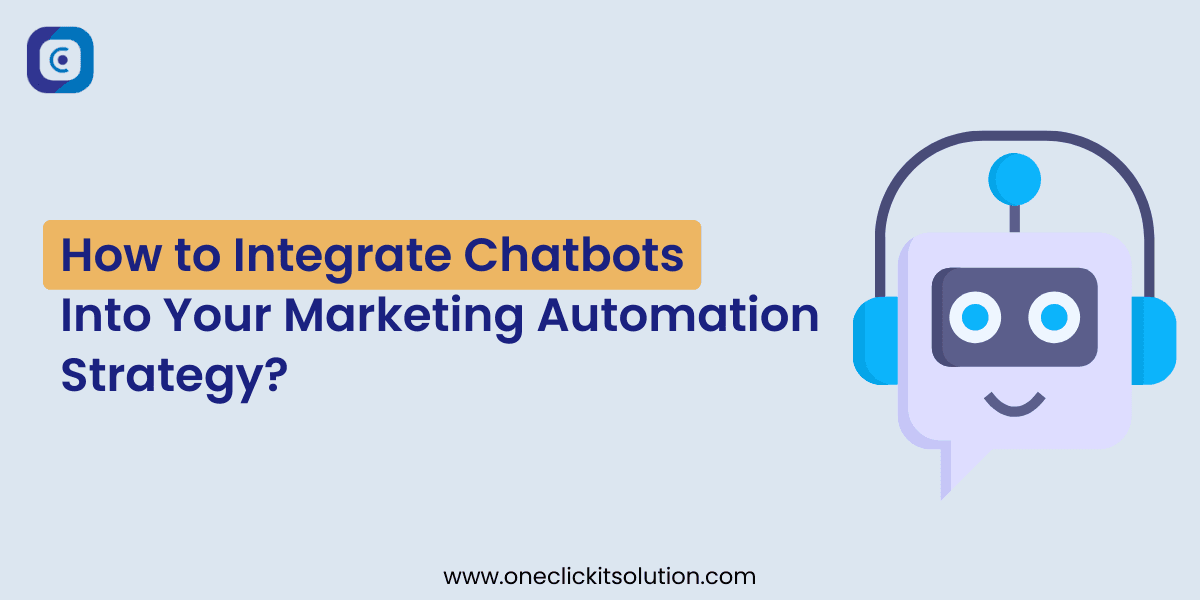
Introduction of Chatbot for Marketing Automation
The major interest in setting up a chatbot for marketing automation would ensure success towards hyper-personalization. However, there’s also more than it.
On the basis of data from the Chatbot Observatory created by Do You Dream Up, 74% of companies agree that bots are a real lever for digital transformation.
However, only 31% of companies have already implemented a bot in their digital strategy.
This means that there is a new opportunity for marketers but let’s see how to integrate chatbots into your marketing automation strategy.
What is the Difference Between a Bot and a Chatbot?
To begin with, these two concepts deserve to be clarified.
The BOT is a computer program that performs automatic and repetitive tasks.
The Chatbot, on the other hand, is a conversational agent which works thanks to artificial intelligence:
- Parameterized with decision trees
- or Capable of machine learning, i.e. self-learning and contextualized responses (Hubware definition)
There are Three Categories of Bots:
Chatbot: The most common help with written conversations with a visitor in instant messaging-type windows.
Voicebot: With the entry of personal assistants such as Alexa and Google Home in homes, the voice bot interacts through verbal communication.
Call-bot: These are virtual agents able to hold conversations by phone.
The bot is very useful in the automation of relational processes and recurring tasks without having a visible part. It is indeed the chatbot that will be in direct interaction with your customers.

Use Cases of Chatbot for Marketing Automation
Chatbots appear on websites as the first welcome for your visitors. We will see their relevance to your emailing strategy but also when they act directly in messaging such as Messenger or WhatsApp.
The First Contact on Your Website, Blog, or Mobile Application
The presence of a chatbot on your website ensures the first stages of discussion with a visitor before a bounce back to humans.
It is also the means for its digital strategy, to ensure minimum customer service in the evenings and weekends.
Their Strength Lies In:
- The capacity of chatbots to have access to a mass of information a hundred times greater than the capacity of research and memorization of a human;
- Their immediacy, since the operation is managed in an automated manner;
- Availability 24/7 for all 365 days
The chatbot supports your visitor throughout their customer journey and at each stage of the conversion tunnel:
AWARENESS – It interacts with the visitor, directs towards the right page or the right interlocutor;
CONSIDERATION – It qualifies the visitor’s need (through questions like a funnel process) to give them the right resource or personalize their speech;
DECISION – It acts and can make an appointment, organize a demonstration, subscribe to a newsletter, order online;
RETENTION – For customers, the chatbot can act for simple actions such as renewing a contract, giving information on the follow-up of an order, answering a question about its offer (end date, specific close, etc.).
Finally, this new means of communication is a strategic lever to conquer the millennials and meet the expectations of new generations.
As we have mentioned, the case of registration for a newsletter bouncing back from a visit to your site or liking your Facebook page is one of the practical uses of your chatbot for marketing automation.
Maintain the Relationship Through Lead Nurturing
Fostering a multi-channel relationship with your prospects has become essential to adapt to their habits.
The chatbot then becomes a link in your relational chain in the same way as other channels such as email or telephone.
Take the case of a trade show. The discussion can start on a chatbot on your website, then be reinforced with an informational email if your visitor is interested.
You can automatically revive your visitor as the event approaches thanks to the pro-active chatbot during a new visit to your website, then schedule an appointment telephone post-event.
To Process Simple Purchases
Commonly referred to as conversational commerce, we can now imagine placing an end-to-end order by chatting with a chatbot.
For example, for an individual who would order his midday meals. In B2B, we can imagine that every month on a fixed date, an office supply company offers the same order to its client company.
After confirming the quantities, they will only have to validate the order.
Social Media
Finally, chatbots take the party, for some, to be integrated into the main instant messaging systems.
Through this, you will be able to create a relational presence at a lower cost for your brand on Messenger, Whatsapp, where consumers are spending more and more time.

Customer Profiling
Bots are now useful for making ultra-precise customer segmentations. Based on conversations, the bot is able to match the chatbot’s discussion data with the segmentation criteria of your personas.
It can then qualify and classify your visitors over time and during discussions.
Conslusion
Beyond chatbots, it is above all artificial intelligence that will allow marketers to go much further in hyper-personalization practices such as progressive profiling, Account-Based Marketing (ABM), Real-Time Interaction Management (RTIM) which are concepts used in digital marketing today.
So, if you are looking to add chatbots for marketing automation tool or want to integrate chatbot development, connect with our team of experts.
At OneClick, we have experience in delivering several types of chatbots for our clients across USA and India. Contact us if you’d like a demo for chatbot development or need to know the cost of developing chatbots.


